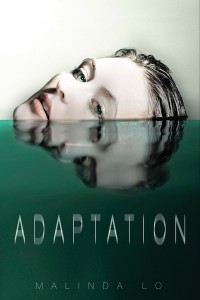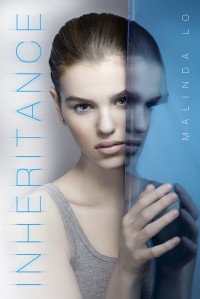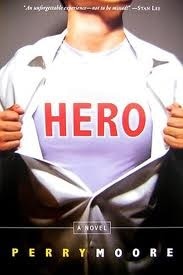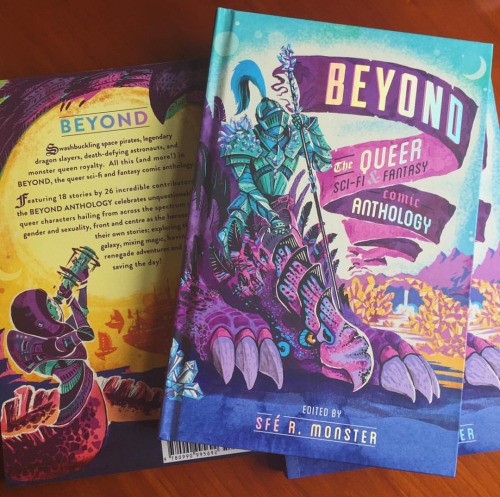Extent of Identity: LGTBQ Youth in YA Science Fictio
This past semester, however, I decided to provide even more choice for the teacher candidates. Instead of choosing the texts, I asked them to identify a trend, issue, or theme within YA literature, and then create their own reading list of four texts. They were then asked to write critical reviews of each selection, and then create and present a “roundtable session.” In their session, they included relevant literary scholarship on their chosen trend, issue, or theme, summarized the messages their book club selections related about their topic, shared their critiques of these messages, and predicted how they thought young readers might react to such messages. Obviously, there are benefits and drawbacks to both approaches, which I would be more than willing to discuss elsewhere (such as in the comments), but I provide this context only to set up the work of a teacher candidate highlighted in this post.
Marilena Orfanos is a MAT candidate who took the course this past semester, and will complete her student teaching this semester. I believe her project presents a careful, yet critical, examination of how her chosen issue is presented in YA literature. I happily hand over the remainder of this post to her.
In “Reading LGBT-Themed Literature with Young People: What’s Possible?” authors Blackburn and Clark (2009) noted the strange assumption by which teachers framed classroom conversations about sexuality and gender-identity. All too often, educators, school institutions, and even the text selected “invariably presumed student readers to be straight and…aggressively homophobic” (p. 27). Such beliefs led teachers to hand-hold their students, allowing them to opt-out of uncomfortable readings and normalizing homophobia as opposed to challenging heteronormativity. Additionally, LGBTQ-literature in and of itself seems boxed within a certain set of narratives. Protagonists typically deal with homophobia and coming out; who they are is linked to suffering within the texts’ plotline and themes. Even when LGBTQ characters are present in genre-fiction, they are likely to fall trap to the “Bury your Gays” trope. While it is important to steer away from “sanitized portrays” that ignore real LGBTQ issues, it is also important to offer hope, especially to a population of students who are arguably the most at risk for suicide. (According to The Trevor Project, the rate of suicide attempts is four times greater for LGBQ youth and two times greater for questioning youth than that of straight youth. Nearly half of young transgender individuals have seriously considered suicide.) Authors, teachers, and schools can simultaneously acknowledge the homophobia that very much still exists in this world, but they should also champion the belief that LGBTQ individuals can be both happy and the hero, dispelling the myth that “being gay means being alone” (Blackburn & Clark, 2009).
Clark, C., & Blackburn, M. (2009). Reading LGBT-themed literature with young people:
What's possible? The English Journal, 98(4), 25-32.
Marilena Orfanos [email protected]; Mark A. Lewis, Ph.D. [email protected]





 RSS Feed
RSS Feed